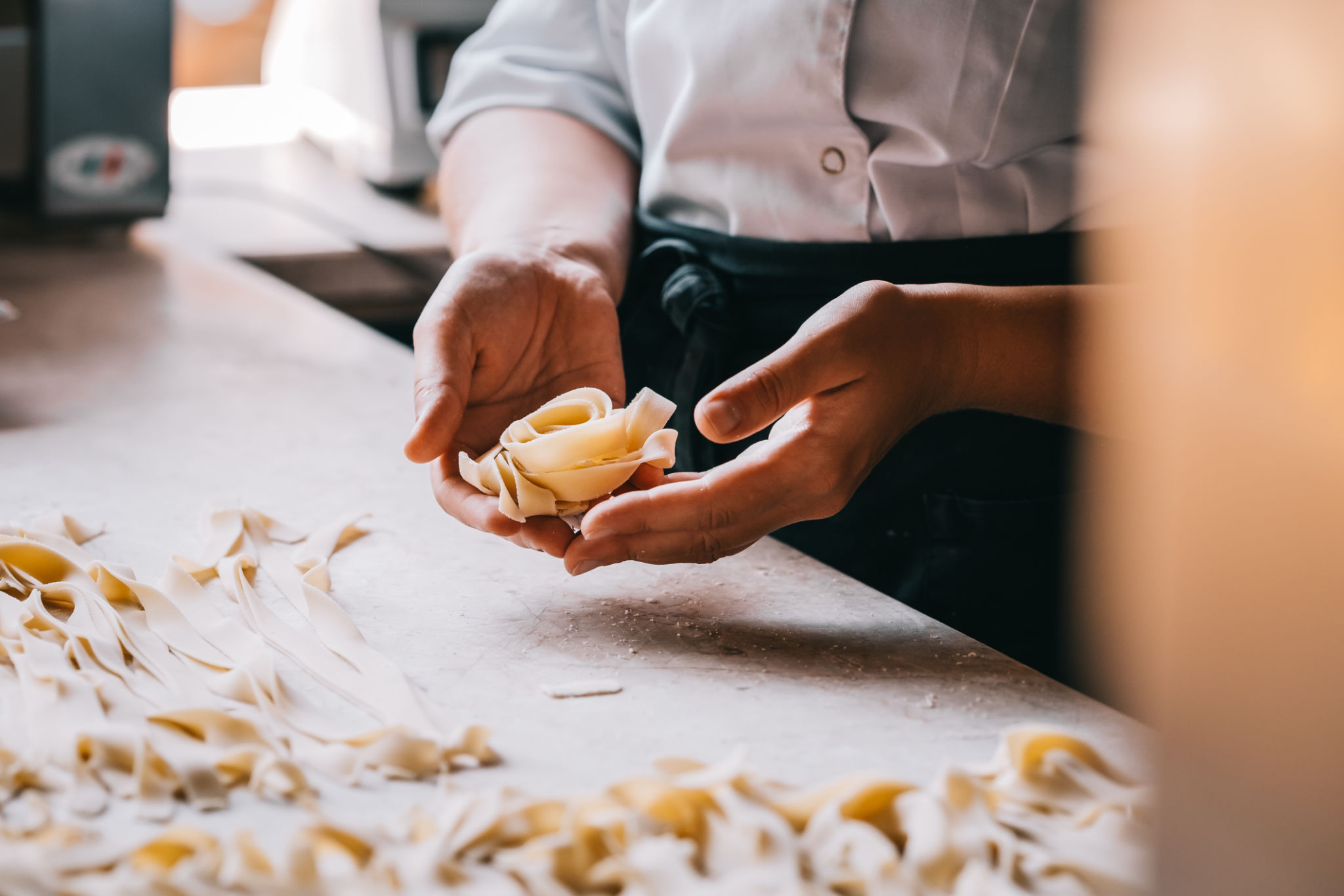DIY Pasta Making: Tools and Techniques for Beginners
Introduction to Pasta Making
There's nothing quite like the taste of freshly made pasta. The texture, flavor, and satisfaction of creating something from scratch can elevate any meal. If you're a beginner looking to dive into the world of DIY pasta making, this guide will cover the essential tools and techniques you need to get started.
Making pasta at home might seem daunting, but with the right tools and a little practice, you’ll soon be crafting delicious pasta that rivals any restaurant. Let’s explore what you need to begin this culinary journey.

Essential Tools for Pasta Making
Pasta Roller
A pasta roller is a key tool for achieving the perfect thickness and texture. While a rolling pin can suffice, a dedicated pasta roller ensures uniformity and saves time. Manual rollers are affordable and easy to use, while electric models offer additional convenience.
Mixing Bowl and Measuring Cups
A sturdy mixing bowl is essential for combining your ingredients, while measuring cups ensure precision in your recipe. Accurate measurements are crucial in achieving the perfect dough consistency.
Dough Cutter and Bench Scraper
A dough cutter helps in dividing your pasta evenly and can be used to shape your creations. A bench scraper is invaluable for keeping your workspace tidy and handling sticky dough.

Techniques for Perfect Pasta
Kneading the Dough
Kneading is crucial for developing gluten, which gives pasta its characteristic chewiness. It’s important to knead the dough until it’s smooth and elastic. This process usually takes about 10 minutes by hand.
Resting the Dough
Allowing your dough to rest is an integral step that shouldn’t be skipped. Resting relaxes the gluten, making it easier to roll out and shape. Wrap the dough in plastic wrap and let it rest for at least 30 minutes at room temperature.

Shaping and Cutting Pasta
Once your dough has rested, it's time to shape and cut it into your desired pasta type. Here are some popular options:
- Tagliatelle: Long, flat ribbons perfect for hearty sauces.
- Ravioli: Stuffed pockets that can be filled with a variety of ingredients.
- Pappardelle: Wider than tagliatelle, ideal for rich meat sauces.
Experiment with different shapes to find your favorite!
Cooking Your Homemade Pasta
Fresh pasta cooks much faster than dried varieties, usually taking just 2-4 minutes in boiling salted water. Keep an eye on it to ensure it doesn’t overcook, as fresh pasta can become mushy if left too long.
Serving Suggestions
Pair your homemade pasta with simple sauces that allow the fresh flavors to shine. A classic tomato sauce, a drizzle of olive oil with garlic and chili flakes, or a rich Alfredo can all complement your creation wonderfully.
With these tools and techniques in your arsenal, you’re well on your way to mastering DIY pasta making. Enjoy the process, experiment with different flavors, and most importantly, savor every bite of your homemade pasta!